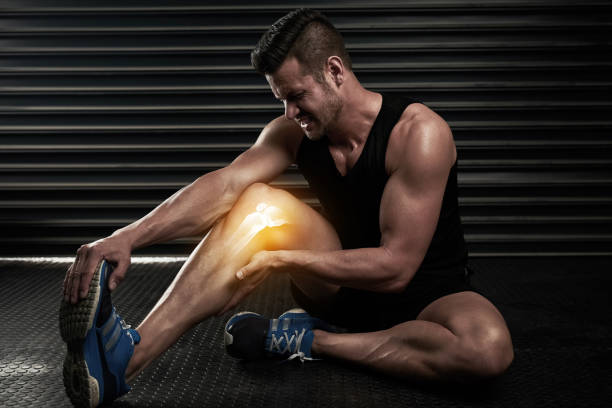We’ve all been there – you pushed yourself hard during a workout and the next day your muscles are extremely sore. While some muscle soreness is a normal response, especially if you’re doing a new activity or increased intensity, extreme soreness can impact your ability to continue working out.
The good news is there are effective ways to manage sore, stiff muscles so you can keep making fitness gains. Here are five of the best methods to relieve post-workout muscle soreness.
Try Light Activity
Even if moving is the last thing you want to do with sore muscles, gentle activity helps pump fresh, nutrient-rich blood into the tissues to aid repair and recovery. Going for an easy walk, ride, swim or doing light stretching restores blood flow and prevents the muscles from stiffening up further. Gradually increase the duration and intensity as the soreness subsides.
Just be sure not to repeat the same intense workout that caused the soreness until your muscles feel fresh again, as this can lead to strain or overtraining injuries. Take it easy initially and ease back into intense training.
Apply Heat and Cold
Alternating hot and cold therapy, like having a hot shower and then doing a cold plunge, provides both pain relief and reduces inflammation in overworked muscles. Heat helps relax tight muscles and stimulates blood flow, delivering oxygen and nutrients, while cold therapy constricts blood vessels and decreases metabolic activity to reduce inflammation and swelling.
You can take a hot bath or use a heating pad to apply heat, while ice packs and cold-water immersion bring down swelling fast. Getting started with cold plunges is easy and can even be done from the comfort of home. Experiment to see which combination works best for your needs.
Massage the Muscles
Massage is highly effective for sore muscles as it releases tension in the tissues, improves flexibility, and increases blood flow. Deep tissue massage, in particular, can break down knots and adhesions, ease stiffness and speed cellular repair.
Use a massage ball, foam roller or your own hands to knead and work the muscles. Focus on tender areas for a few minutes at a time and keep massaging gently every few hours. Adding massage oil or arnica gel boosts the benefits. Professional sports massage also works wonders if you can access it.
Consume Anti-Inflammatory Foods
What you eat impacts how quickly your muscles bounce back, so be sure to give them the right fuel. Anti-inflammatory foods like oily fish, avocados, nuts, olive oil and tart cherry juice help reduce swelling and facilitate repair in overworked muscles. Getting enough protein from meat, eggs, tofu, or supplements assists in building and repairing muscle fibers too.
Stay hydrated by drinking plenty of water and minimizing sugar, alcohol and processed foods which can prolong inflammation. Feed your muscles wholesome, nutritious foods and they’ll thank you by recovering faster.
Get More Sleep
Muscle repair occurs most actively while you sleep, so prioritizing rest is crucial after intense exercise. Human growth hormone peaks as you enter deep sleep stages, helping rebuild and strengthen muscle fibers. Without sufficient sleep, muscles remain weak and sore for longer.
Aim for at least 8 hours per night when recovering from hard training sessions. Take brief 20-30 minute power naps during the day too if your schedule allows. Let your body fully recharge through quality rest. Waking up tired and sore day after day? Get more sleep so those muscles can properly heal.
Use these scientifically backed methods in combination for optimal relief from delayed onset muscle soreness. Be patient, go gently at first and you’ll soon be moving comfortably again and making continued fitness gains towards your goals.
